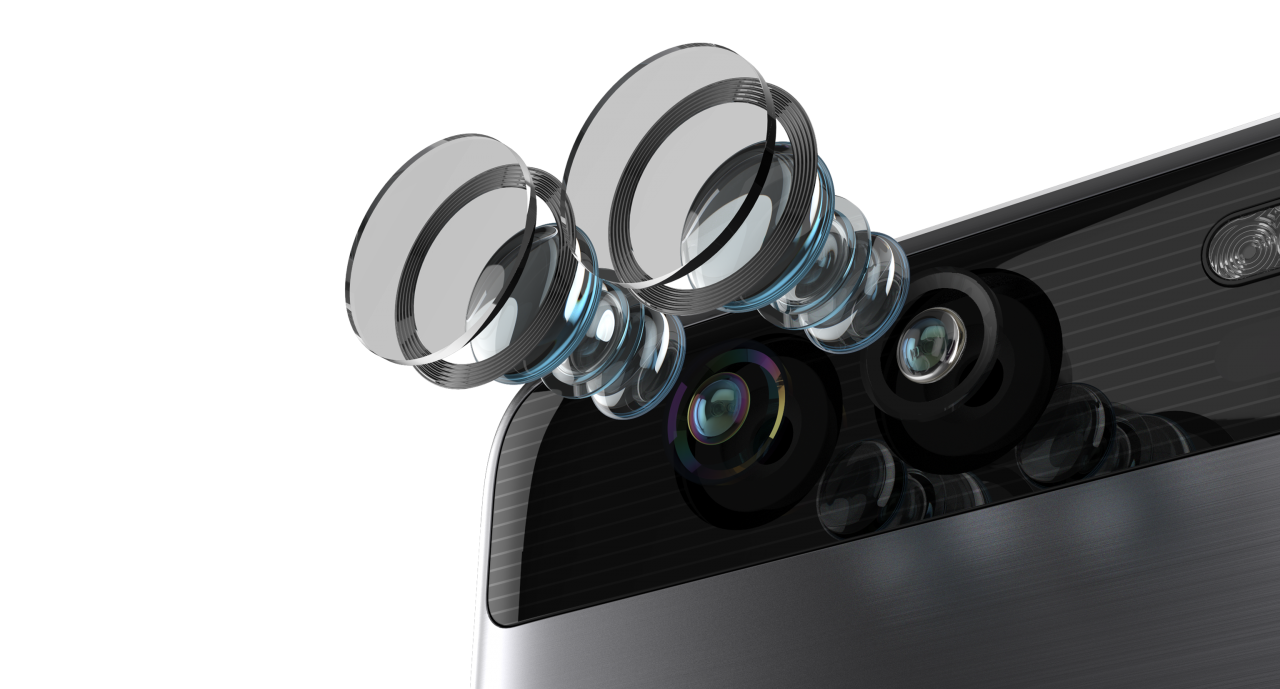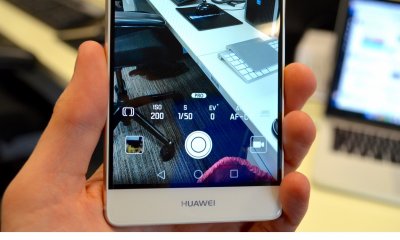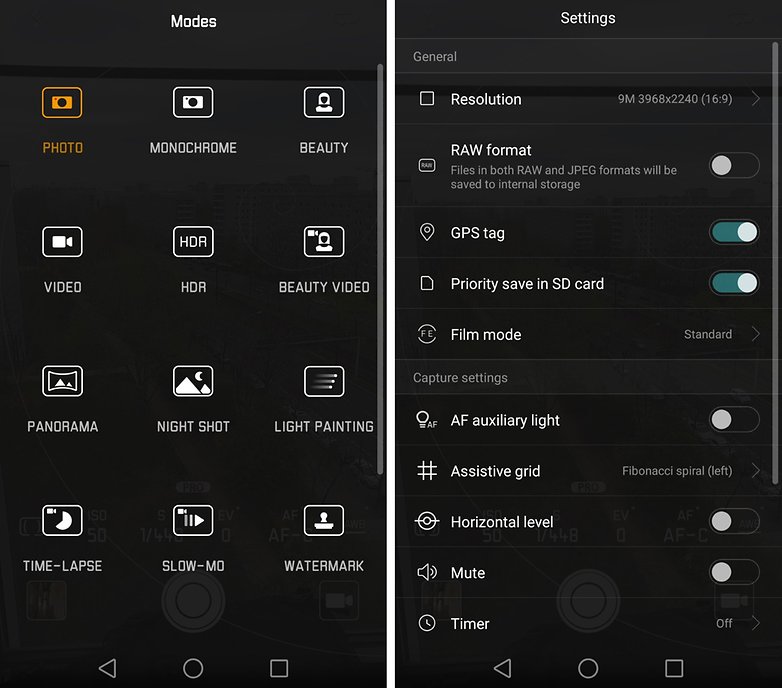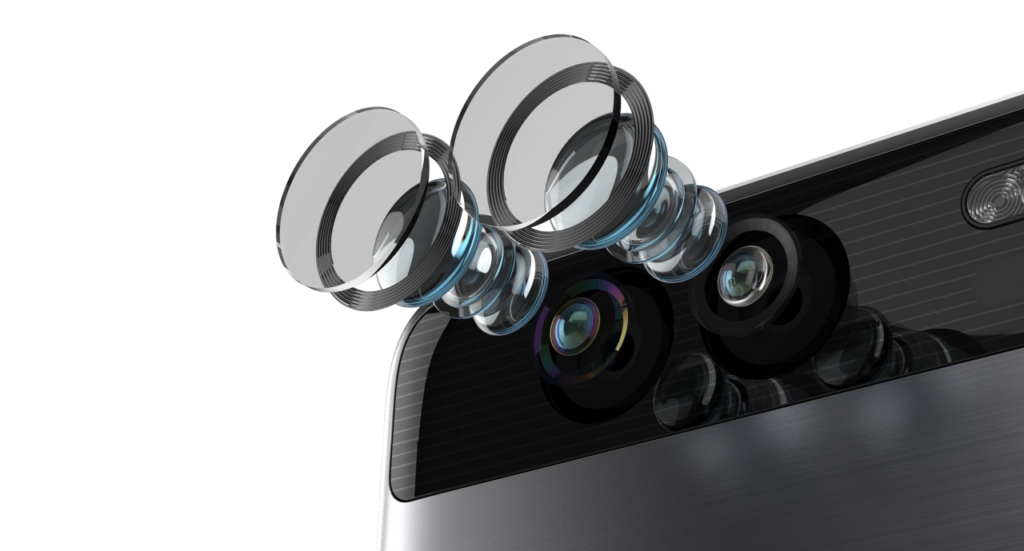Everyone has been talking about how Huawei’s new P9 has a Leica camera – but what does that mean exactly? Yeah, okay, so Leica makes sweet DSLRs, but a camera phone isn’t a DSLR (digital single-lens reflex). Right? Well, yes. But…
This may be a phone camera, but it has options we’ve never seen on a phone, and it’s not just about more megapixels. Here are some of the things Huawei’s partnership with Leica, known for its top-of-the line professional cameras, are bringing to consumers with the P9:
Two lenses

What this means: the P9 has two separate lenses (effectively 27mm f/2.2, from what we understand), each of which captures light in a different way. One captures light on an RGB spectrum (that is to say, colors), and the other in monochrome (black and white). As far as we’re aware, no other mainstream camera maker produces a monochrome sensor.
What this means for us, as the user, is that we get the colors from the RGB camera, more contrast from the monochrome camera (which doesn’t have to filter for color), and more light by putting the two together. This is important because photography is all about light. Everything else is secondary.
PRO mode

What this means: Unlike other phone cameras and like DSLRs (and some higher-end compact cameras), the P9 gives you more control over how your picture looks by giving you control over manual options including ISO, shutter speed, exposure value and white balance.
For those of you who don’t understand camera-speak, we’ll break it down for you: ISO controls the sensitivity of the lens to light. A higher ISO setting means the camera will be more sensitive to light – so you might get a sharper image in low light than, although often with some degree of grain (when you see a bunch of little dots instead of a smooth image).
Shutter speed controls how fast the camera captures an image (technically, how quickly the shutter closes). A slower shutter speed also lets in more light, but unless you keep the camera (er, phone) super still, it can also lead to blur. A faster shutter speed will freeze objects in the image, but will also capture less light.
You can also change the exposure value. Generally, a camera’s sensors decide how much light is available and suggests a perfect exposure. While this works in many situations, sometimes it will give you an image that is brighter or darker than you want — for example, shooting in very bright daylight or shooting snow (not that we get that much snow here, but still). Changing the exposure value effectively tells the camera to make the image brighter or darker.
Finally, you know how sometimes you take a picture and it’s a little bit yellow or a little bit blue, or somehow the colors are just off? White balance allows you to tell the camera what “white” should be, so it can base color composition off of that.
RAW files

What this means: Phone cameras and point-and-shoots give you .jpeg images. A .jpeg is an image that has been processed by the camera so it comes out ready-to-use: the colors, contrast, everything has already been set. What this means for the user is when you try to adjust things later, the image quickly loses quality.
Professional DSLRs give you the option to shoot RAW, which means the camera takes in as much information as it can without processing things like contrast. This means the photos straight out of the camera can look a bit flat, but it gives the photographer significantly more ability to adjust color, contrast, etc. after the fact. A phone camera with this option is, well, revolutionary.
Depth of field

The depth of field of an image determines how much of the image is in focus. A wide depth of field means everything is in focus, while a narrow depth of field means only objects at the same distance from the camera lens will be in focus. The effect this achieves is called “bokeh”, and it’s particularly popular these days.
This one is a bit tricky, mostly because it’s a pseudo aperture control that’s a software function built into the P9 and not a mechanical function that’s part of the camera. Essentially, the software allows you to adjust the depth of field of an image after the image has been taken, meaning – theoretically – that you could decide which edge of the mug you want to be in focus after you’ve taken the actual image.
WE SAID THIS: Don’t miss Iconic Photos Taken by Leica That Could Be Taken by the Huawei P9.



